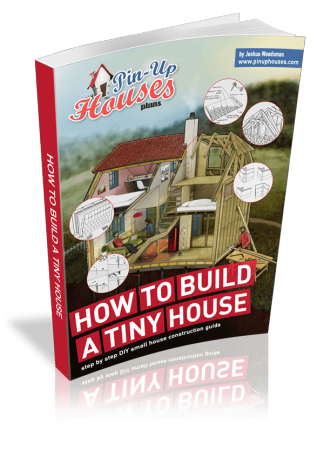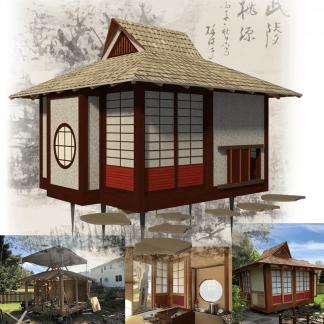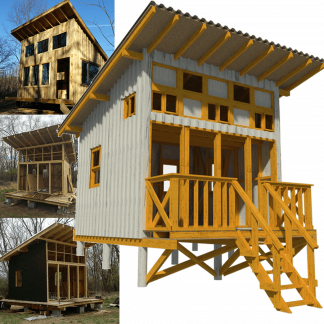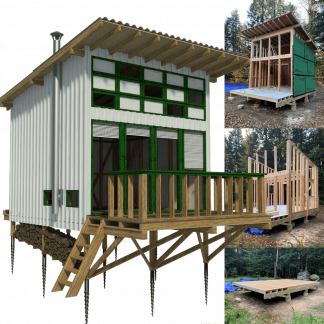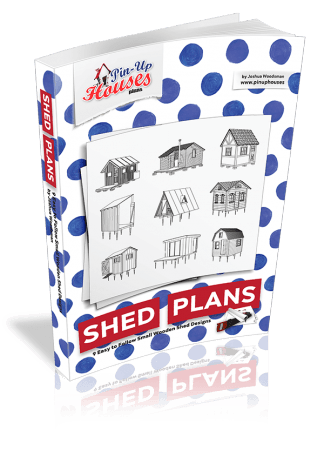What to Do with Furniture That Won’t Fit in Your Tiny Home
Moving into a tiny home feels like hitting the reset button—fresh, exciting, and full of possibility. But once the thrill settles, reality sets in: what happens to the furniture that won’t fit?
Suddenly, that oversized couch or bulky dresser becomes a problem, not a comfort. When square footage is limited, every item needs a purpose and a place. Whether you’re stepping into small space living for the first time or downsizing to embrace a minimalist lifestyle, figuring out what to do with furniture that no longer fits your new setup can feel overwhelming.
But here’s the good news: there are smart, sustainable, and even satisfying ways to part with pieces you can’t take with you.
Let’s just say your furniture’s second life might be more interesting than its first.
5 Ways to Handle Furniture That Doesn’t Fit in Your Tiny Home
1. Repurpose Furniture into Multi-Use Pieces
Just because a piece of furniture won’t fit in its original form doesn’t mean it has to go. Repurposing gives you a chance to breathe new life into what you already own, without losing its value. That vintage dresser gathering dust in the garage? With a little imagination, it could become a compact kitchen island or a bathroom vanity with storage underneath.
In tiny home furniture planning, dual function is gold. If you’ve got an old trunk, consider padding the top to create a cozy bench that stores shoes or linens inside. Shelves from an oversized entertainment unit can be trimmed and used in narrow wall nooks to maximize your interior space limitations without crowding the floor.
These kinds of transformations are not only budget-friendly but deeply satisfying. You’re not just saving money—you’re creating furniture alternatives that are functional, personalized, and built for compact living. It’s a smart way to optimize space in tiny homes while staying creative.
2. Donate to Charities and Nonprofits
Sometimes the best place for furniture that won’t fit isn’t the curb—it’s someone else’s home. If your items are still in good shape, donating to charities and nonprofits gives them a second life and supports families who genuinely need them. Many organizations will gladly accept gently used pieces from couches to dining sets and even offer pickup for larger items.
Think of that oversized recliner or dining table as more than just “leftovers.” You could opt for donating household items that still have value, like a sturdy nightstand or a spare bookshelf, through local nonprofit programs that provide affordable options to those in need. It might become a new favorite for a college student furnishing their first apartment or a family starting fresh.
Donation centers often resell furniture at low prices or provide it directly to those in crisis, giving your old items a meaningful purpose. Instead of stressing about hauling everything to the dump, consider a more thoughtful move that gives your furniture another shot at being useful.
3. Resell Furniture to Make Some Extra Cash
After giving away what you can, you might still be staring at that one pricey piece thinking, “This has to be worth something.” And you’re probably right. Not everything needs to be donated. Some items are perfect for resale, especially if they’re in good condition and still have years of use left in them.
Selling your furniture is more than just a money-back opportunity. It’s a smart decluttering strategy that keeps your items in circulation and out of landfills. Platforms like Facebook Marketplace, Craigslist, or even a quick neighborhood post can bring in buyers who are searching for affordable, quality pieces. Highlight space-saving features or solid materials to attract the right attention.
It’s also a great way to fund smarter, smaller alternatives for your tiny home. Swap out that bulky desk for a wall-mounted fold-down or invest in smart furniture that doubles as storage—reselling makes it easier to clear space and give your old pieces a purposeful next chapter.
4. Offer Furniture to Family and Friends
Before posting online or hauling that heavy dresser out the door, take a moment to think closer to home. That “extra” armchair taking up too much room in your tiny home might be exactly what your cousin needs for their new apartment or what your friend has been eyeing for their home office.
Passing furniture on to family or friends is one of the easiest and most meaningful ways to declutter your space. There’s no need for listings, pickups, or strangers; you already know the next owner. It keeps things personal, reduces waste, and might even spark a few memories tied to that old dining table or sideboard.
Just be sure to check in first to see if the piece suits their space and style. A quick photo and a “want this?” text could save you time and help someone furnish their home without spending a dime.
5. Consider Renting or Leasing Furniture
If you’ve already sold, donated, or handed off the pieces that won’t work and are still unsure what comes next, there’s another route worth exploring: don’t buy at all. Renting or leasing furniture is a surprisingly flexible option, especially when you’re still figuring out how to make the most of your tiny home layout.
This route gives you the freedom to test out different furniture styles and sizes without committing long-term. Let’s say you’re experimenting with room layout planning and not quite ready to commit to a permanent sofa—furniture rental services let you try before you buy, or skip buying altogether.
Many companies now offer space-saving solutions, compact designs, and short-term plans built for small spaces and changing lifestyles. It’s a smart, low-pressure way to stay adaptable, especially when your home and needs keep evolving.
Conclusion
Tiny homes don’t shrink your lifestyle—they sharpen your priorities. That overstuffed couch or heavy dining table? It’s not just furniture you’re parting with, it’s space you’re reclaiming. When you donate unused furniture, transform it into something new, or pass it along to someone who needs it, you’re doing more than decluttering—you’re curating a space that reflects how you live now.
There’s something satisfying about watching your old furniture start fresh elsewhere while you build a home that actually works for your life. Small spaces demand creativity, but they also reward it, with room to breathe, live, and truly feel at home.


